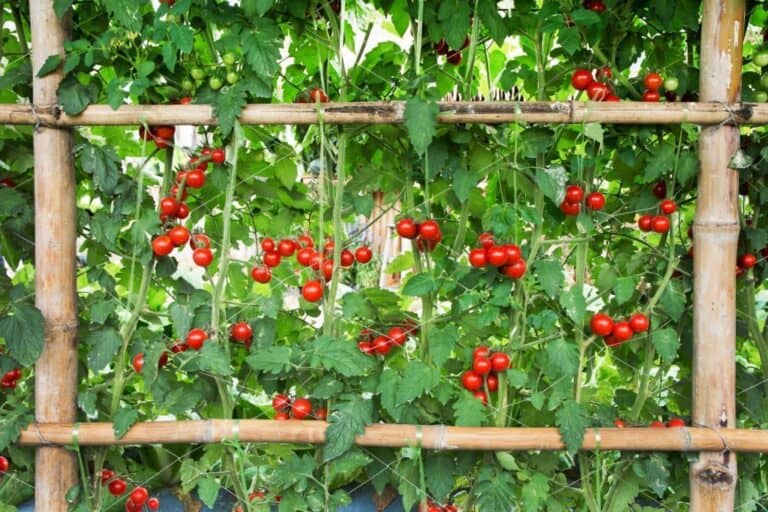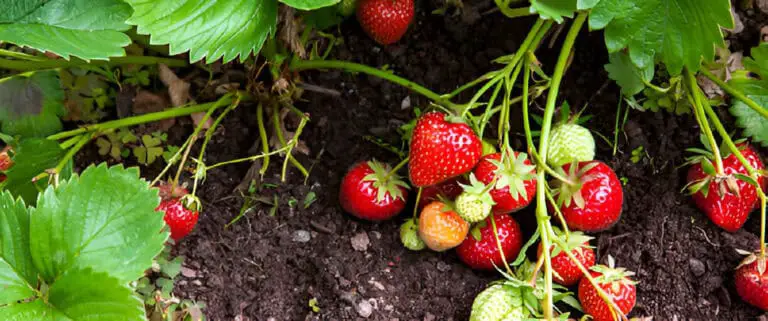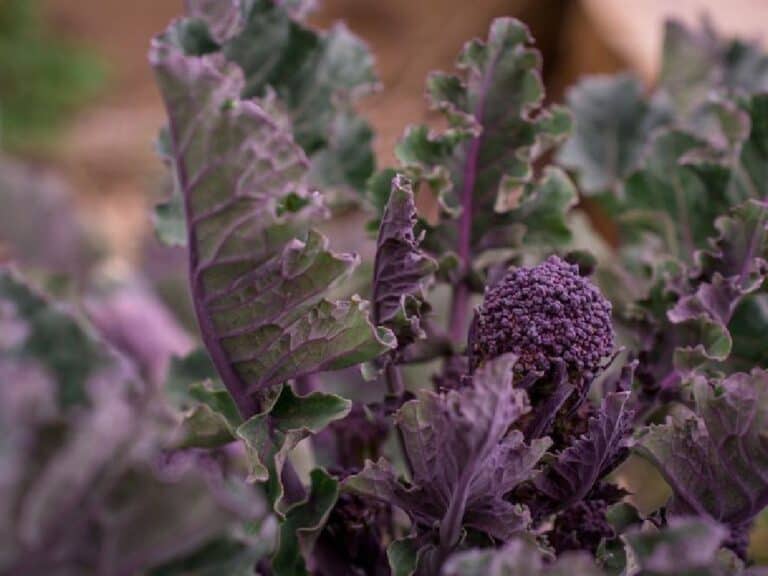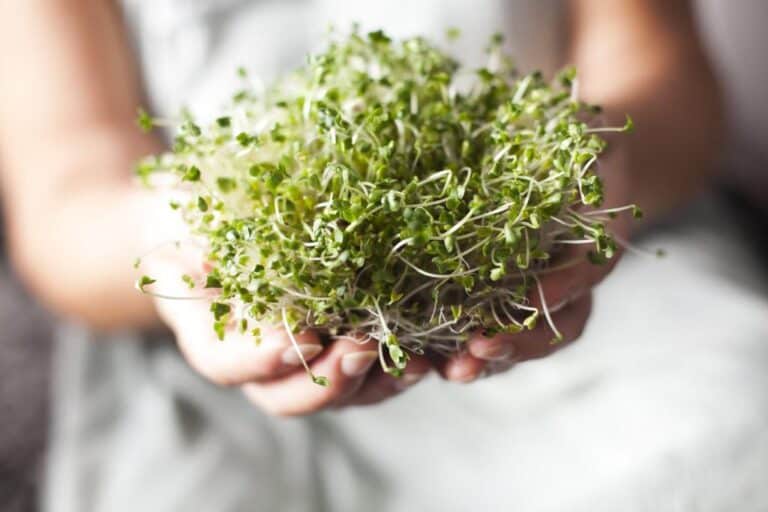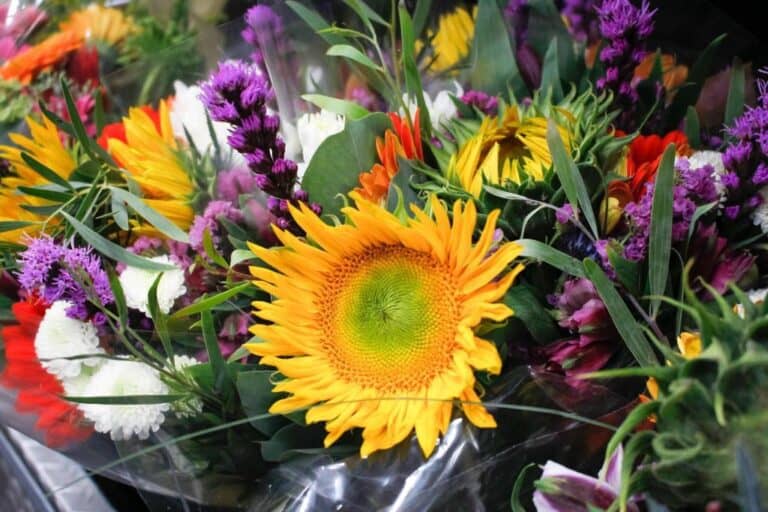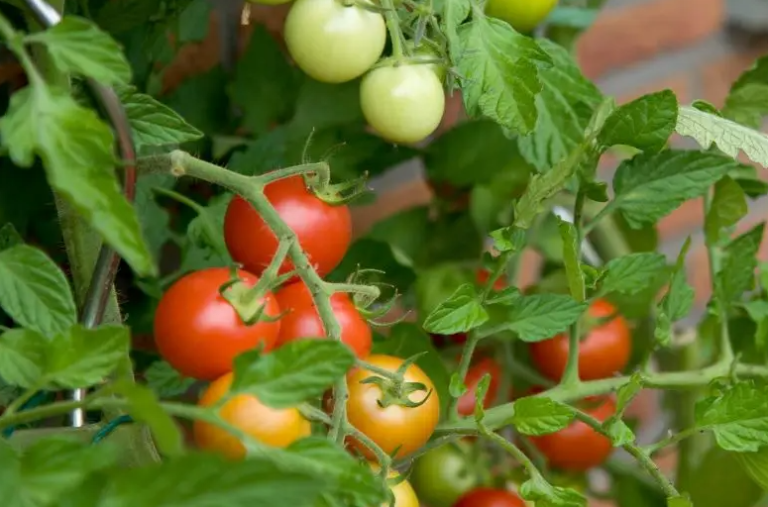Are Chicago Hardy Figs Self Pollinating? How to Hand-Pollinate
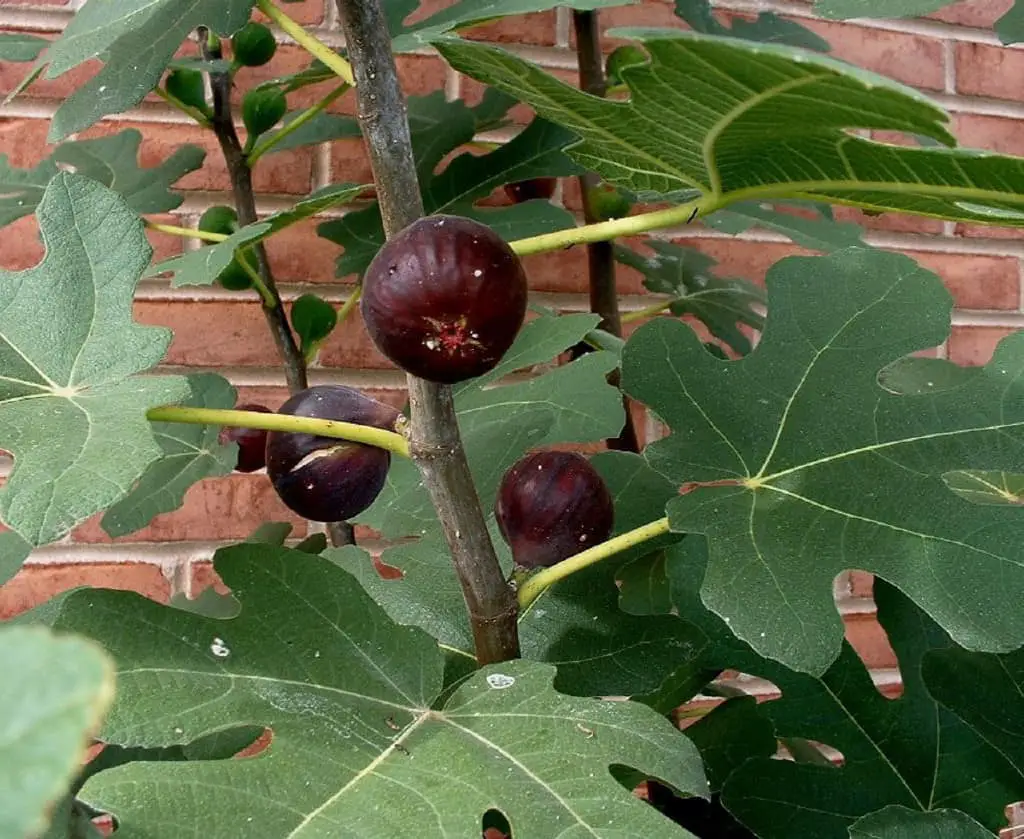
In the backyard of my gardening adventures, the Chicago Hardy Fig tree stands as a symbol of nature’s bounty. As I looked at the fig tree’s branches filled with figs, I wondered: Are Chicago Hardy Figs self-pollinating or do they need help from humans?
Yes, Chicago Hardy figs are self-pollinating, so they do not require fig wasps or other insects for pollination. You only need one tree to produce fruit, but having two near each other may increase the harvest size.
This curiosity sparked a journey into the intricate world of fig tree pollination. Join me as we unravel the secrets behind the self-fertility of these resilient figs and explore the art of hand-pollination. We will learn about Ficus carica Chicago Hardy self-pollination and how to manually intervene in this exploration.
Get ready to delve into the realm of fig cultivation, where we bridge the gap between nature’s course and our hands-on involvement. We will learn about Ficus carica Chicago Hardy self-pollination. We will also learn how to manually intervene in this process.
Chicago Hardy Figs: The Basics

Before we unravel the mysteries of pollination, you need to get acquainted with Chicago Hardy Figs. Ficus carica Chicago Hardy fig trees are known for their flexibility and cold-hardiness.
Chicago Hardy Figs, a unique fig tree variety, can withstand colder climates, making them ideal for gardeners in cold areas.
These strong trees can handle winter temperatures as low as -10 degrees Fahrenheit. This means fig lovers can enjoy the tasty fruits even in tough conditions.
Chicago Hardy Figs are popular with experienced and novice gardeners due to their elegant foliage and tasty fruit.
Are Chicago Hardy Figs Self-Pollinating?
Chicago Hardy Figs are self-pollinating, which means they do not require a second tree for pollination. These trees depend on the fig wasp to transfer pollen from the male to the female flowers in each fig.
Temperature and humidity are environmental factors. They can affect the success of natural pollination. In cases where conditions are less than optimal, hand-pollination can be a helpful technique to ensure fruit set.
Knowing how fig pollination works helps you appreciate these trees. It also helps you see their vital role in the ecology of fig wasps.
Chicago Hardy Figs’ Poor Pollination Indicators
Finding Chicago Hardy Figs that do not get enough pollination is important for making sure they have a good harvest. Several key indicators can guide growers in understanding and addressing potential issues.
1. Premature Fruit Drop:
- Observation: Figs are dropping before maturation.
- Significance: Signs of no pollination or not enough fertilization.
- Action: Implement hand-pollination to enhance pollination success.
2. Misshapen or Underdeveloped Figs:
- Observation: Fruits lacking uniform shape or size
- Significance: Suggests incomplete pollination or insufficient fertilization.
- Action: Fine-tune pollination techniques, ensuring thorough coverage.
3. Limited Fruit Production:
- Observation: Sparse or erratic fruiting.
- Significance: Points to pollination challenges affecting overall yield.
- Action: Evaluate environmental conditions and consider hand-pollination.
By knowing these signs, growers like you can take the right steps to protect the health and productivity of your Chicago Hardy Fig trees. You need to monitor regularly and take proactive measures to transform your plant for a flourishing fig harvest.
How to Hand-Pollinate Chicago Hardy Figs (Step-by-Step)
Hand-pollination might sound hard, but fear not. It’s a simple process that can greatly boost your fig production. Follow these steps to become a fig-pollination maestro:
Materials Needed:
- Soft brush or cotton swab: For gentle pollen transfer.
- Small paintbrush: Ideal for delicate pollination work.
Step 1: Observe Your Fig Tree
Start by observing your Chicago Hardy Fig tree. Look for the tiny flowers that develop on the new growth. These flowers house the reproductive organs crucial for pollination.
Step 2: Identify Male and Female Flowers
Distinguish between male and female fig flowers. Male flowers are small and stem-like, while females are larger and have a bulbous base.
Step 3: Collect Pollen
With your chosen tool, collect pollen from the male flowers. Gently brush or dab the pollen onto the stigma of a female flower. This mimics the natural process of pollination.
Step 4: Repeat as Needed
Repeat the process on more female flowers. This will increase the chance of successful pollination. This method allows you to exert control over the pollination process, ensuring a more robust fig yield.
Tips for Successful Chicago Hardy Figs Hand-Pollination
Hand-pollination may seem hard for the new gardener. But, with a few tips, they can do it well.
- Timing is Key: Pollinate in the morning when the flowers are open and receptive by understanding the plant’s flowering cycle. Optimal hand-pollination occurs when the female flowers are ready to receive pollen.
- Gentle Touch: Handle the flowers delicately to avoid damaging them during the pollination process. Using a small paintbrush or cotton swab can aid in transferring pollen effectively between the blooms.
- Consistent Monitoring: Regularly check your fig tree for flowering stages, adapting your hand-pollination efforts accordingly.
Even new gardeners can master hand-pollination. They can also boost fruit and vegetable yields with these tips.
Advantages of Hand-Pollination for Chicago Hardy Figs
Hand-pollinating Chicago Hardy Figs has many benefits. It can make your fig tree healthier and more productive. Firstly, it allows you to take control of the pollination process, ensuring optimal fertilization and increased fruit yield. This method is useful in places with few natural pollinators. Manual intervention becomes crucial there.
Hand-pollination also enables selective breeding. It lets you cross-pollinate specific varieties for traits like size, flavor, or disease resistance. This focused approach empowers growers. They can tailor their fig harvest to fit their tastes and market demands.
Moreover, hand-pollination reduces the need for unpredictable weather. It also reduces the need for external pollinators. By taking matters into your own hands, you mitigate the risks associated with poor pollination, ensuring a more consistent and reliable fig crop.
Conclusion
One remarkable feature of Chicago Hardy Figs is their self-pollinating nature, which means that they do not necessarily require external assistance for fertilization. Chicago Hardy Figs can self-pollinate a bit. But, it’s important to help pollinate for the best fruit.
Understanding fig tree pollination is intricate. Exploring methods, such as hand-pollination, can greatly improve the harvest’s yield and quality. We are delving into the world of self-pollination in Ficus carica Chicago Hardy. A proactive approach to pollination in fig trees is key.
This requires understanding their reproductive processes. These can be improved by natural pollination or human intervention. As you embark on your journey of cultivating Chicago Hardy Figs, remember that a little about pollination can go a long way. It will help in reaping the rewards of a bountiful fig harvest.
FAQs
Are all fig trees self-pollinating, including Chicago Hardy Figs?
No, not all fig trees are self-pollinating.Some fig varieties, like Chicago Hardy Figs, can self-pollinate. But, others need a specific wasp for pollination. Understanding the pollination needs of your fig tree is crucial for successful fruit production.
Can I rely solely on natural pollination for Chicago Hardy Figs?
Yes, Chicago Hardy Figs are capable of natural pollination. However, factors like limited pollinators or adverse weather conditions may affect fruit yield. To enhance your chances, learning how to hand-pollinate can be beneficial for ensuring a more reliable harvest.
What is the best time to hand-pollinate Chicago Hardy Figs?
The ideal time for hand-pollination is during the fig tree’s flowering season, typically in late spring or early summer. Choose a day with dry weather to avoid disrupting the process. Gently transferring pollen between flowers during this period can significantly improve pollination success.
Are there any risks associated with over-pollinating Chicago Hardy Figs?
Over-pollination is generally not a concern for Chicago Hardy Figs. These trees often benefit from increased pollination attempts, especially if done correctly. Excessive interference might strain the tree. So, it’s essential to balance hand-pollination efforts.
What are common signs of unsuccessful pollination in Chicago Hardy Figs?
Signs of unsuccessful pollination include a lack of fruit formation, premature fruit drop, or misshapen and underdeveloped figs. If you notice these signs, it’s crucial to evaluate your pollination methods. Consider using hand-pollination to improve the fruiting of your Chicago Hardy Figs.
Can I plant other self-pollinating fig varieties alongside Chicago Hardy Figs for better results?
While Chicago Hardy Figs are self-pollinating, planting other self-pollinating fig varieties nearby may increase the overall pollination efficiency. However, it’s not necessary, as Chicago Hardy Figs can thrive and produce fruit independently.
Can adverse weather conditions affect self-pollination in Chicago Hardy Figs?
Yes, heavy rain or strong winds can hinder natural pollination. In such cases, learning how to hand-pollinate Chicago Hardy Figs becomes crucial to ensuring consistent fruit production.
Are there any specific signs that indicate Chicago Hardy Fig self-pollination success?
Successful self-pollination in Chicago Hardy Figs shows in the fruit. It’s healthy and well-formed. If the tree’s flowers are properly pollinated, they will transition into figs that mature and ripen, indicating a successful pollination process in the fig tree.

